Chemistry, in keeping with our motto "Our students do chemistry as it's done by chemists today," has a well-equipped sequence of laboratory courses that make possible a unique, four-year integrated laboratory experience.
How is the chemistry laboratory program unique?
- First, it is a completely separate series of courses within the chemistry curriculum.
- Second, laboratory work is in the form of extended projects 1 semester long in the freshman/sophomore years and 1 to 2 semesters long in the junior/senior years. Each student's project is uniquely his own there are no perforated experiment sheets to be filled out and handed in. Each student researches, creates, and defends his own experimental procedures and maintains a research-style notebook from his first day as a freshman until his last day as a senior.
- Third, laboratory work is viewed not as training in specific techniques but as attitudinal training to prepare students to be independent professionals. Thus, in gradual stages from freshman to senior, the student learns to define scientific problems, to design solutions with the aid of faculty and library resources, to carry out and interpret sophisticated experiments of his own design, and to communicate his findings orally and in writing. The faculty pay special attention to developing communication skills of students via informal oral quizzes, conferences, and seminars.
The first two years of laboratory are devoted to acquiring technical skills and manipulative facility as well as experience in experimental design. The outline of those years below details the projects and the techniques acquired during them.
"The program is challenging for undergraduates. That it is successful is evidenced by the number and quality of chemistry majors and by the success of recent graduates (over 80% of whom have gone on to graduate or professional school)."

